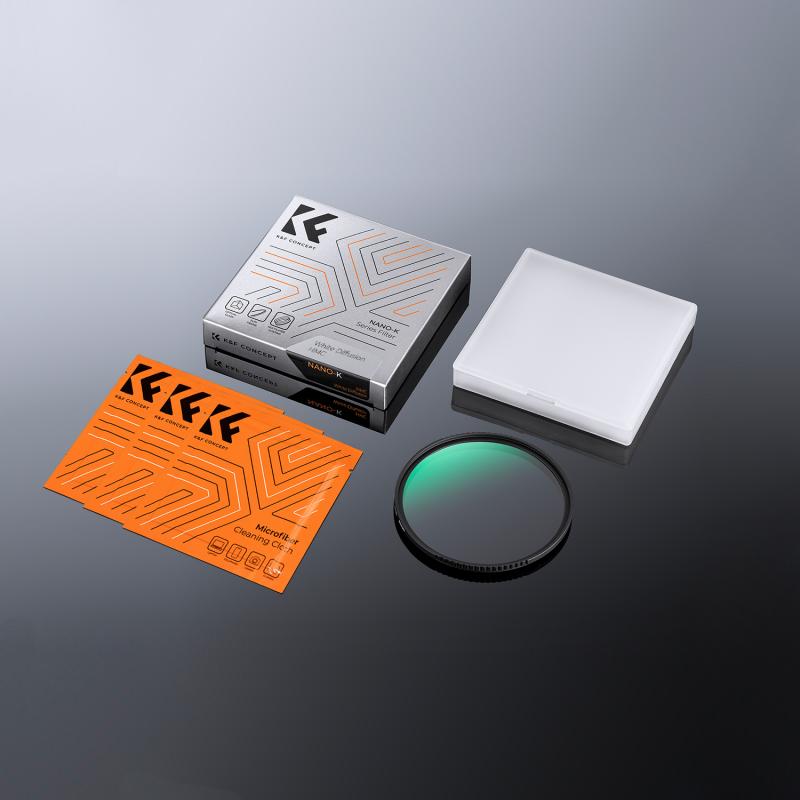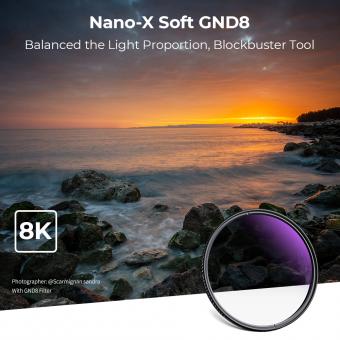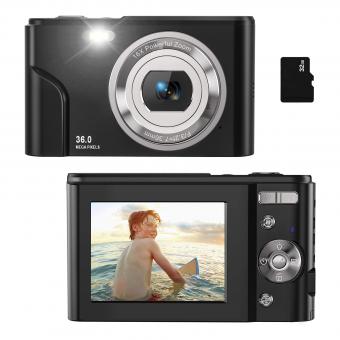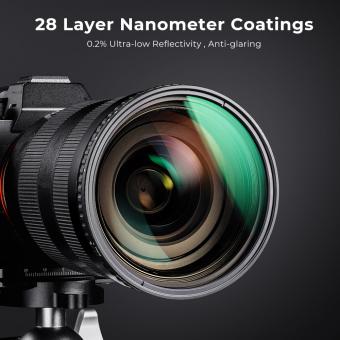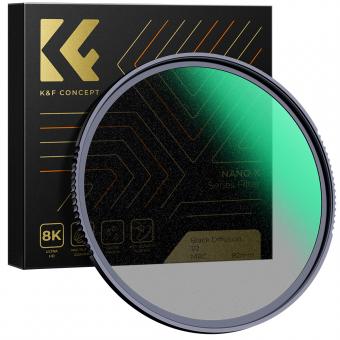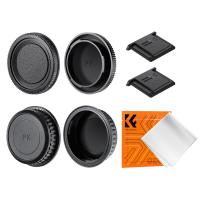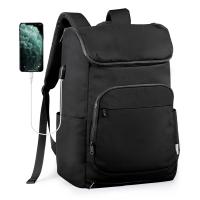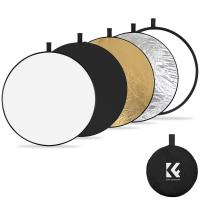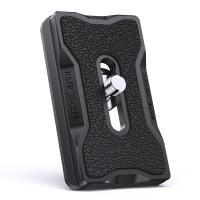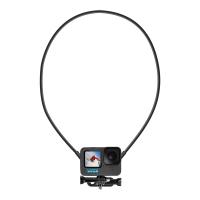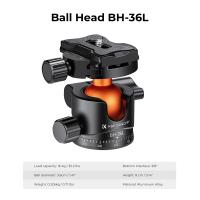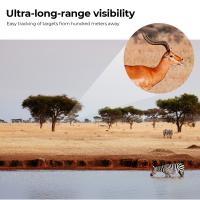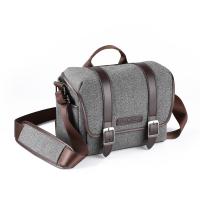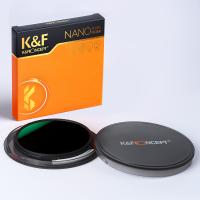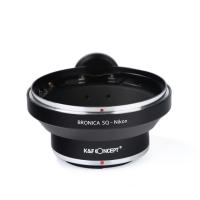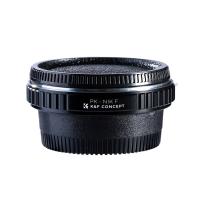Which Nd Filter For Landscape Photography ?
For landscape photography, a neutral density (ND) filter with a strength of 3 stops (ND8) or 6 stops (ND64) is commonly used. The ND filter helps to reduce the amount of light entering the camera, allowing for longer shutter speeds and wider apertures to be used without overexposing the image. This can be particularly useful when shooting in bright daylight conditions, as it allows for more creative control over the exposure and depth of field. The strength of the ND filter required will depend on the specific lighting conditions and desired effect, so it is recommended to experiment with different strengths to find the best fit for your particular situation.
1、 ND filter types and their uses in landscape photography
ND filter types and their uses in landscape photography
ND filters, or neutral density filters, are essential tools for landscape photographers. They reduce the amount of light entering the camera, allowing for longer exposures and greater control over depth of field. There are several types of ND filters available, each with its own unique characteristics and uses.
1. Solid ND filters: These filters are the most common type of ND filter and come in various strengths, from 1-stop to 10-stops. They are ideal for capturing long exposures of landscapes, waterfalls, and seascapes.
2. Graduated ND filters: These filters have a gradient of density, with one half being clear and the other half being dark. They are used to balance the exposure between the bright sky and darker foreground in landscape photography.
3. Variable ND filters: These filters allow you to adjust the strength of the ND effect by rotating the filter. They are ideal for situations where the light is constantly changing, such as during a sunrise or sunset.
4. Reverse ND filters: These filters have a stronger density in the center and gradually become lighter towards the edges. They are ideal for capturing sunrises and sunsets, where the brightest part of the scene is near the horizon.
When choosing an ND filter for landscape photography, consider the strength of the filter, the type of scene you will be shooting, and the lighting conditions. It's also important to invest in high-quality filters to ensure that they don't degrade the image quality. The latest point of view is that some photographers are now using digital blending techniques instead of ND filters to achieve similar effects.
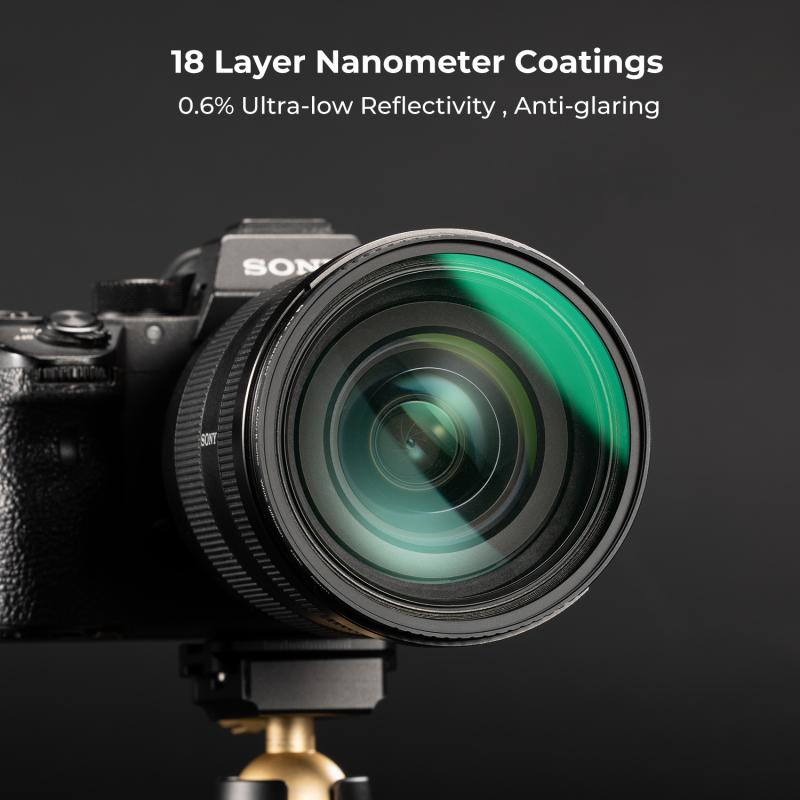
2、 Choosing the right ND filter strength for landscape photography
Choosing the right ND filter strength for landscape photography is crucial to achieving the desired effect in your images. ND filters, or neutral density filters, are used to reduce the amount of light entering the camera lens, allowing for longer exposure times and creating a range of creative effects.
When it comes to landscape photography, the most commonly used ND filter strengths are ND2, ND4, ND8, and ND16. These filters reduce the amount of light entering the lens by 1, 2, 3, and 4 stops respectively. The choice of filter strength will depend on the lighting conditions and the desired effect.
For example, if you are shooting in bright sunlight and want to create a long exposure effect to blur water or clouds, you may need a stronger ND filter such as ND8 or ND16. On the other hand, if you are shooting during the golden hour or in overcast conditions, a weaker ND filter such as ND2 or ND4 may be sufficient.
It's important to note that the latest trend in landscape photography is to use extremely strong ND filters, such as ND1000 or ND2000, which can reduce the amount of light entering the lens by 10 or 20 stops. These filters allow for extremely long exposure times, creating surreal and dreamy effects in the image.
In conclusion, choosing the right ND filter strength for landscape photography depends on the lighting conditions and the desired effect. It's important to experiment with different filter strengths and find the one that works best for your style and vision.
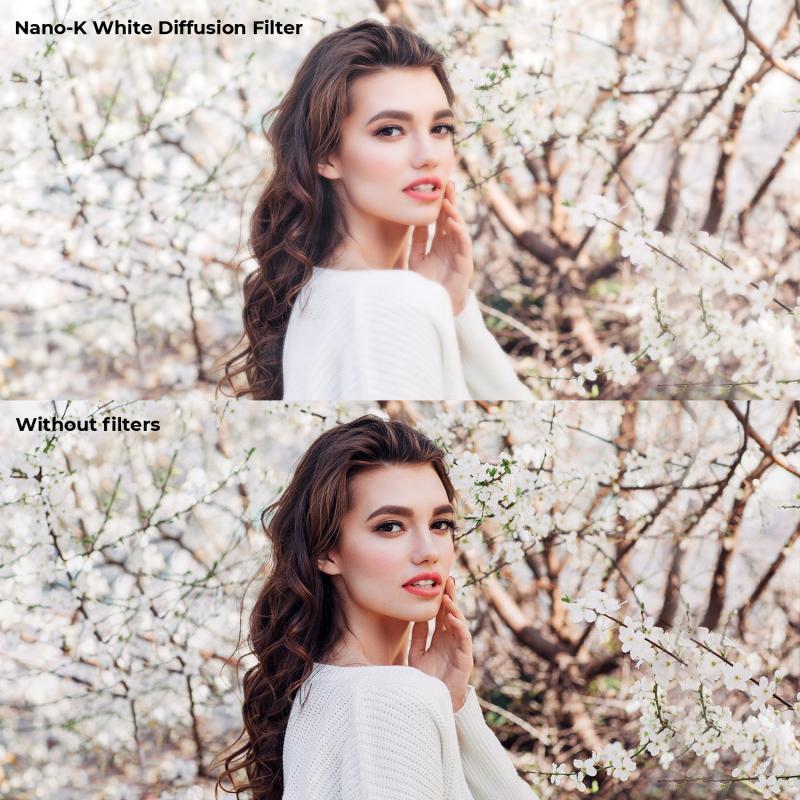
3、 How to use ND filters for long exposure landscape photography
Which ND filter for landscape photography?
When it comes to choosing an ND filter for landscape photography, there are a few factors to consider. The first is the strength of the filter, which is measured in stops. A 3-stop ND filter is a good starting point for most landscape photography, but you may need a stronger filter if you want to achieve longer exposures or shoot in brighter conditions.
Another factor to consider is the type of ND filter. There are two main types: screw-on filters and square filters. Screw-on filters are easier to use and more portable, but square filters offer more flexibility and allow you to stack filters for even greater light reduction.
Finally, you should consider the quality of the filter. Cheap filters can introduce color casts or reduce image sharpness, so it's worth investing in a high-quality filter from a reputable brand.
How to use ND filters for long exposure landscape photography
ND filters are essential for long exposure landscape photography, as they allow you to achieve longer shutter speeds without overexposing your image. To use an ND filter, simply screw it onto your lens or attach it to your filter holder.
Once you've attached the filter, you'll need to adjust your camera settings to compensate for the reduced light. Start by setting your ISO to its lowest value and your aperture to a small f-stop (e.g. f/16 or f/22). Then, adjust your shutter speed until you achieve the desired exposure.
Keep in mind that longer shutter speeds can result in motion blur, so you may need to use a tripod or other stabilizing device to keep your camera steady. You can also use a remote shutter release or the camera's self-timer to avoid camera shake when pressing the shutter button.
In summary, ND filters are a powerful tool for landscape photographers, allowing you to achieve longer exposures and create stunning images. By choosing the right filter and adjusting your camera settings, you can capture the beauty of the natural world in all its glory.
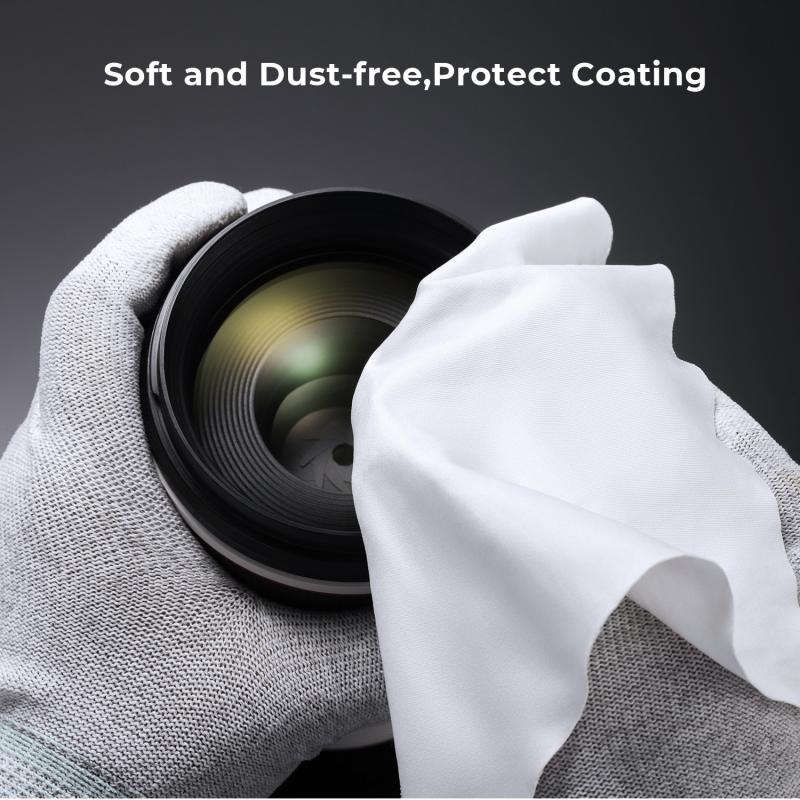
4、 ND filter stacking techniques for landscape photography
Which ND filter for landscape photography?
When it comes to choosing an ND filter for landscape photography, there are a few factors to consider. The first is the strength of the filter, which is measured in stops. A 3-stop ND filter is a good starting point for most landscape photography, but you may want to go up to a 6-stop or even a 10-stop filter for longer exposures.
Another factor to consider is the type of ND filter. There are two main types: screw-on filters and square filters. Screw-on filters are easier to use and more portable, but square filters offer more flexibility and allow you to stack filters for even longer exposures.
Finally, you'll want to consider the quality of the filter. Cheaper filters can introduce color casts or reduce sharpness, so it's worth investing in a high-quality filter from a reputable brand.
ND filter stacking techniques for landscape photography
ND filter stacking is a technique used in landscape photography to achieve even longer exposures than a single filter can provide. To stack filters, simply screw one filter onto your lens and then add another on top of it. You can continue to stack filters until you achieve the desired exposure time.
One thing to keep in mind when stacking filters is that the more filters you add, the more likely you are to introduce color casts or reduce sharpness. To minimize these issues, use high-quality filters and avoid stacking too many filters at once.
Another technique for achieving longer exposures is to use a neutral density filter and a polarizing filter together. The polarizing filter will reduce reflections and increase color saturation, while the ND filter will allow for a longer exposure time. This technique can be especially useful for photographing waterfalls or other scenes with moving water.
Overall, ND filter stacking and other long exposure techniques can add a unique and creative element to your landscape photography.
